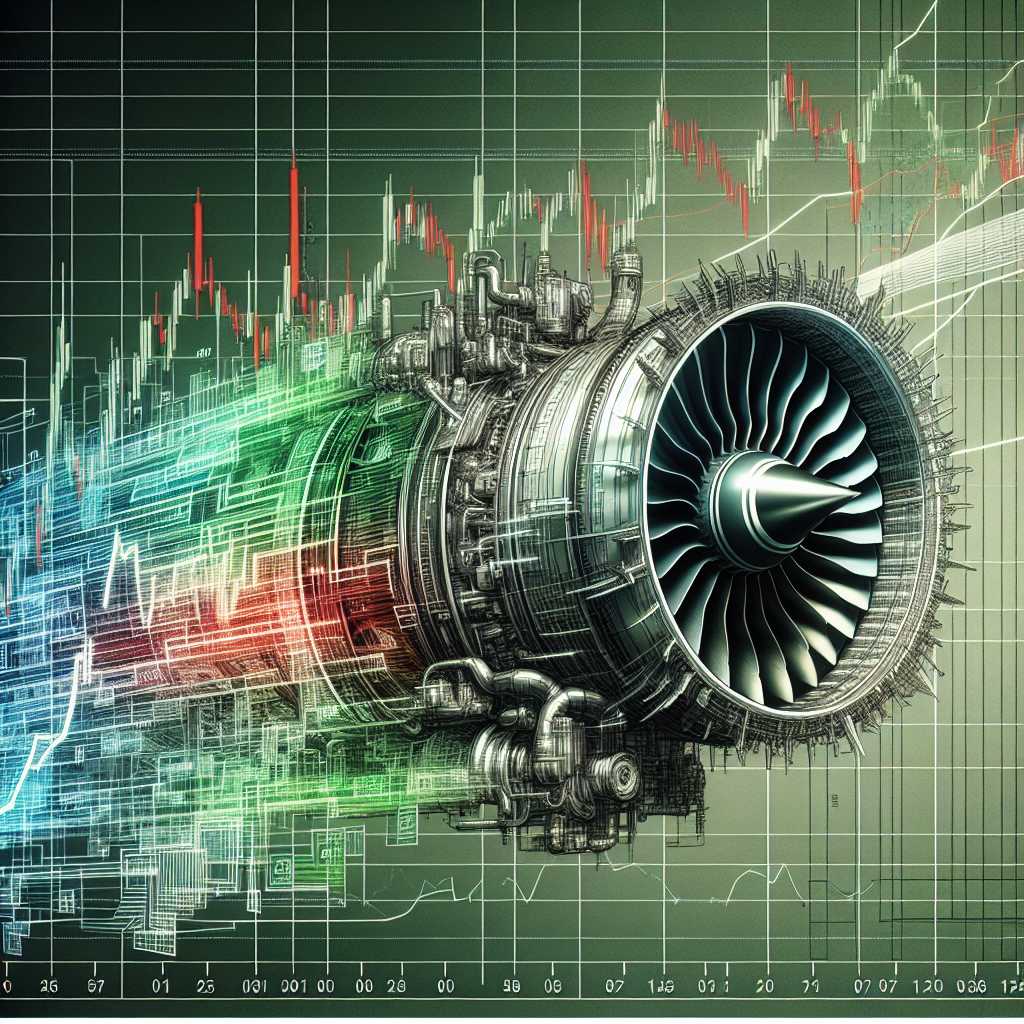Understanding Rolls-Royce’s Share Price Performance Over the Years
Rolls-Royce Holdings PLC is a global engineering company that focuses on the manufacture of power systems for aviation, marine, and energy applications. The share price of a company is an important indicator of its financial health and investor sentiment. Rolls-Royce’s share price history is a fascinating study of a storied company dealing with market forces, corporate strategy shifts, and external influences such as economic fluctuations and geopolitical events.
The Early Boom and the Aerospace Emphasis
Rolls-Royce has been a major player in the aerospace industry and its early years were marked by successful projects like the engines for the legendary Spitfire during World War II. Over time, the company expanded into civil aviation and became known for its high-quality, efficient jet engines. Share prices historically mirrored this success, maintaining steady growth due to strong market demand and sound financial planning.
Challenges Encountered by Rolls-Royce
Like many companies with long histories, Rolls-Royce has faced its fair share of challenges over the years. Changes in defense spending, fluctuating oil prices, and competition from other aerospace giants have all impacted Rolls-Royce’s financial performance at different times. Additionally, advancements in technology and shifts towards more eco-friendly power systems have forced the company to innovate constantly.
Financial Crisis and Subsequent Recovery
Around the time of the global financial crisis in 2008-2009, large industrial companies, including Rolls-Royce, saw significant dips in their share prices. However, thanks to strategic decision-making and restructuring plans, Rolls-Royce rebounded in the following years. Their commitment to adapting to environmental trends with research in sustainable energy sources painted a positive narrative for investors.
Impact of the COVID-19 Pandemic on Rolls-Royce Share Price
The travel restrictions and decreased flight demand during the COVID-19 pandemic dealt a massive blow to the aerospace industry as a whole. With airlines cutting down operations and pushing back orders for new aircraft, Rolls-Royce faced reduced demand for its engines and subsequent services. This had an adverse effect on its share price as revenues plummeted.
Current State of Affairs and Future Prospects
While it remains difficult to accurately predict future market behavior, Rolls-Royce’s emphasis on innovation within emerging sectors like electric aviation and digital services is creating enthusiastic buzz among investment circles. Share prices are not only reflections of current performance but also indicators of confidence in future growth.
